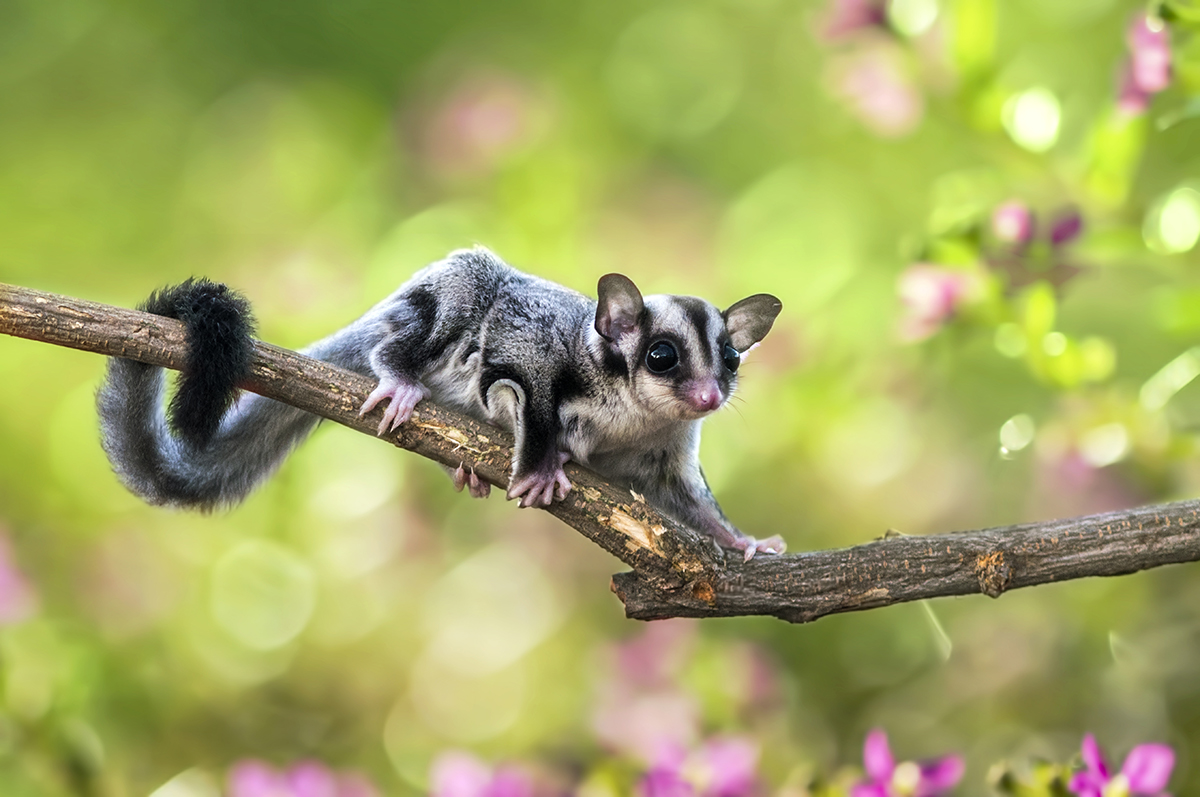On top of the magical sights and scenery, the Mornington Peninsula is also home to a wonderful array of wildlife and biodiversity. The ecosystem includes over 400 species of native animals. From reptiles and marine creatures, to mammals, the wildlife is truly diverse. Here are some of the ‘cute and cuddly’ mammals that inhabit the peninsula… well, ‘cute and cuddly’ to look at from a distance! Never actually approach or touch them… because remember, they are WILDlife!
Wombat
Wombats are short-legged, marsupial mammals that are native to Australia. They can grow to about 1 metre in length and are known for their small, stubby tails. They feed on grass, herbs, roots, and fungi. And they are on ‘the night shift’ as they most often sleep during the day and graze through the night.
Short-beaked Echidna
The Short-beaked Echidna is one of the four living species of echidna and the only member of the genus Tachyglossu. They are known for their extremely strong front limbs and claws – and the word ‘extremely’ is not an understatement! They use these limbs and claws to burrow quickly with full strength. Their outer body is covered in fur and spines and they do have a distinctive snout and a specialised tongue used to catch prey. The Short-beaked Echidna is an egg-laying monotreme mammal.
White-footed Dunnart
Another marsupial mammal, the White-footed Dunnart is native to Tasmania and the NSW coast. They have needle-shaped incisors, five toes on the forefoot, brown tail, grey-brown fur on the back and an off-white belly. Their feet are pink and covered with fine white hair, hence the name. These mouse-like marsupial carnivores feed on invertebrates and reptiles. Dunnarts are a shy cute and cuddly, and often mistaken for rats and mice.
Swamp Wallaby (Black Wallaby)
A small macropod marsupial, the Swamp Wallaby is the only living member of the genus Wallabia. It is mostly found in the northernmost areas of Cape York in Queensland, down the entire east coast and south-western Victoria, including the Mornington Peninsula. They inhabit the thick undergrowth in the forests and woodlands. If you are lucky, you’ll see them taking shelter in thick grass or ferns during the day, and emerge quietly at night to feed.
Long-nosed Bandicoot
A nocturnal medium-sized marsupial mammal, the Long-nosed Bandicoot grows to about 31-43 cm in length and weighs between 600 and 1100 grams. They have a short, thin tail and grey-brown fur. Being an omnivorous species, they mostly feed on invertebrates and hypogeal fungi. They hide in the shallow depressions on the ground amongst thick vegetation during the day to avoid predators and venture out in the open area at night to hunt.
Sugar Glider
The Sugar Glider takes ‘cute and cuddly’ to a whole new level! They are a small, omnivorous, and nocturnal gliding possum belonging to the marsupial infraclass. The name refers to their ability to glide through the air from the tree-tops, and their diet that mostly consists of sugary foods like sap and nectar. An adult sugar glider weighs up to 160 grams, with males being slightly heavier than females. Their body is covered with grey to brown fur with a prominent dark dorsal stripe that extends to the forehead, making them look like a squirrel. Sooooooo cute!
Eastern Grey Kangaroo
The Eastern Grey Kangaroos are marsupial mammals that belong to a small group called macropods and are found in the southern and eastern parts of Australia. They have hind legs that appear larger than their forelimbs, and hind feet that are large and powerful. Eastern Grey Kangaroos are herbivorous and have specific food preferences, with young grass being their favourite. However, they also feed on a wide range of plants and fungi. You’ll find them inhabiting farmland areas where vegetation is abundant. They are a powerful animal and you should always keep your distance and respect their personal space.

